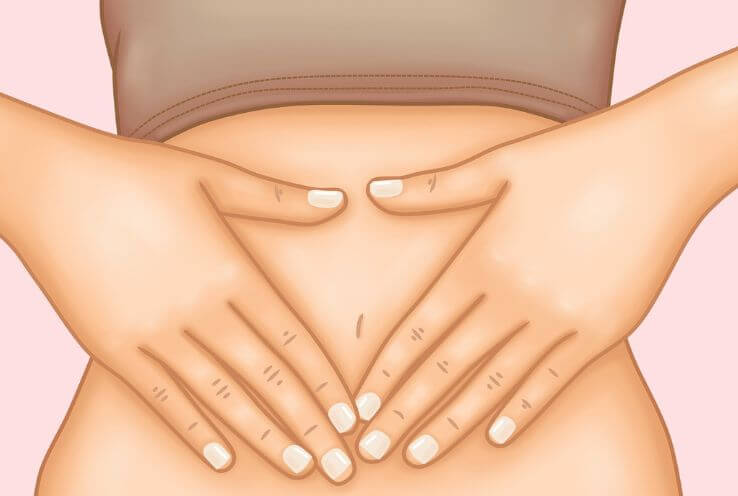Table of Contents
Do you have any doubts about bacterial vaginosis? Continue reading to learn more about the signs, causes, and available therapies for women with BV.
Bacterial vaginosis (BV) is a common condition that affects women. It is a common condition that can alter vaginal discharge because harmful bacteria are causing the vagina’s natural balance to be upset.
One in ten women will experience BV at some point in their lives, even though it is frequently mistaken for a yeast infection or even an STI.
Learn how to identify the symptoms, dispel some of the most widespread BV myths, and locate a successful bacterial vaginosis treatment.
Keep in mind that staying hydrated is crucial for maintaining a healthy lifestyle. Our skin can become growingly dry from water loss, which may alter the pH of the vagina. To keep your body healthy, drink plenty of water and sugar-free beverages throughout the day.
You should get medical attention if you think you might have bacterial vaginosis, especially if you’re pregnant.
Read more:- Health & Wellness | Fitness Tips & Nutrition- Readers Desire
Social Icons
Myth: BV Can Be Sexually Transmitted
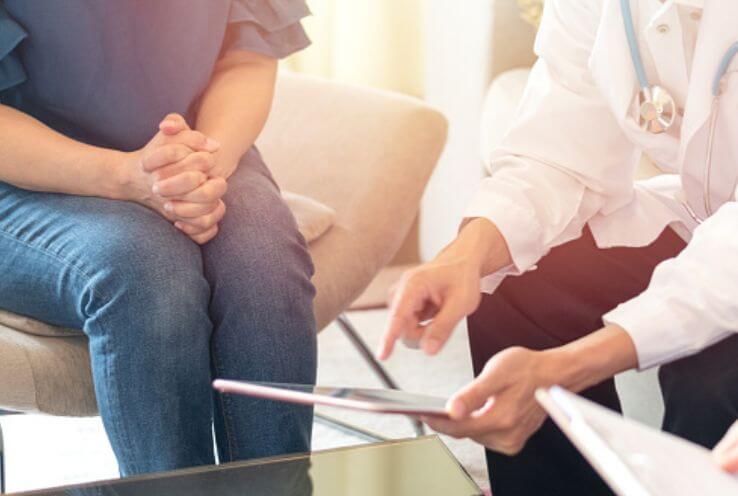
Despite its potential to be caused by sexual activity, bacterial vaginosis is not an STD.
To cease the growth of harmful bacteria, the vagina naturally maintains an abundance of “good” bacteria called lactobacillus (Gardnerella vaginalis). The vagina has an acidic pH that typically ranges from 3.8 to 4.5. The pH of the vagina can be disrupted and made less acidic by various factors, including over-washing the vaginal opening, using fragranced products near the vagina, taking baths rather than showers, wearing tight clothing, and, of course, engaging in sex or using sex toys.
Even though BV is not considered a sexually transmitted disease, it is essential to remember that women can transfer it to other women through sex. Even though BV is not a sexually transmitted disease, the bacteria that frequently cause it can be found through complete STI screen testing if you are unsure about your symptoms.
Fact: Thrush and Bacterial Vaginosis Are Frequently Confused
Although BV and thrush have various symptoms, bacterial vaginosis is frequently misdiagnosed as something else because women are more familiar with thrush.
Thrush is a yeast infection, whereas bacteria bring on BV. The vagina, labia, and urethra may all experience severe itching and stinging, which are some of the signs of thrush. The discharge typically gets waterier, thicker, and more opaque, but there is frequently no odour.
However, bacterial vaginosis rarely results in irritation or pain near the vagina, and many women do not even realise they have it. The most typical symptom is an unpleasant-smelling, off-white release that may be more noteworthy after sexual activity.
Myth: BV can be prevented by douching or more frequent washing
While it is common knowledge that limiting the number of harmful bacteria entering our bodies through good hygiene practices is essential, the vagina can maintain itself tidy and keep a healthy balance to ward off infection. Douching is not advised because it can seriously disrupt the vaginal flora, even if you only use water.
It is much nutritious for the vagina to wash the labia, or just the external genitalia, once daily with unscented, pH-balanced soap.
Some women may be more susceptible to BV after a bath, mainly if they use scented bath products like bubble baths, oils, and bath salts. Showers might be a better option if you frequently get infected.
Fact: Treatment Options for Bacterial Vaginosis
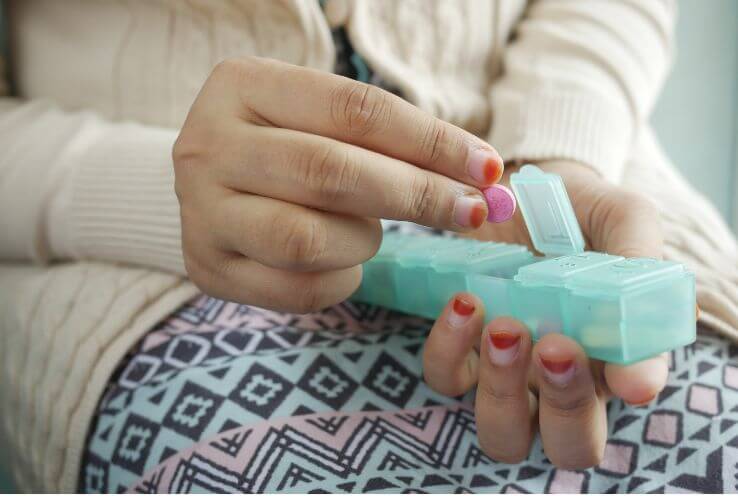
Although the pH of the vagina can be rebalanced, treatments are available for people with persistent or recurring infections. In addition, because BV compromises the vagina’s natural defences, you run a higher risk of catching an STI like chlamydia.
A single dose or seven consecutive days of metronidazole administration is an efficient treatment for bacterial vaginosis. It is an antibiotic used to treat pelvic inflammatory disease and gum infections. While pregnant or nursing, it is not advised to use remote treatment for bacterial vaginosis.
Myth: Bacterial Vaginosis Is Prevented by Acidic Foods
Although it may be simple to understand how this myth got started, there is no proof that diet impacts the pH levels in the vagina. Eating acidic foods like milk, red meat, and junk does not effectively prevent or treat bacterial vaginosis. Maintaining a healthy and balanced diet is essential for your overall health and well-being.
Here Are Some Home Bacterial Vaginosis Medications
Even though you might be tempted, many natural home remedies are unsubstantiated, and some might even be harmful.
All you need to understand about some of the most popular natural treatments for BV is below.
Yogurt

There’s limited research that proves that consuming yogurt can help treat BV.
You should never put yogurt into your vagina, as this can worsen symptoms by promoting bacterial growth.
Probiotics

There has been some investigation into how probiotics affect the vaginal microbiome.
According to some study findings, eating foods high in lactobacillus acidophilus, lactobacillus rhamnosus GR-1, or lactobacillus fermentum RC-14 or taking natural probiotic supplements may help treat or avoid bacterial vaginosis.
Do your research on various brands if you decide to use probiotics.
Since the Food and Drug Administration does not regulate supplements, a few genital probiotics might not contain the components they claim to on their labels.
Tea tree oil
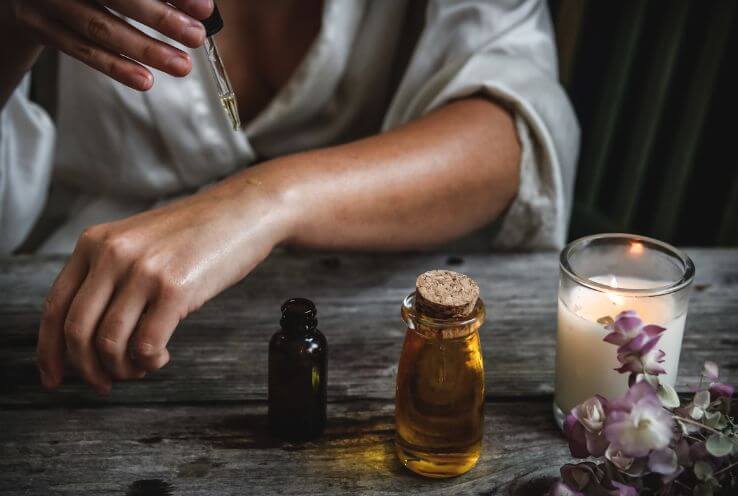
Essential oil with antimicrobial and antifungal properties is tea tree oil.
There haven’t been enough studies to conclusively prove that tea tree oil is an effective treatment, despite some evidence suggesting that the bacteria that cause BV may be susceptible to it.
Boric acid
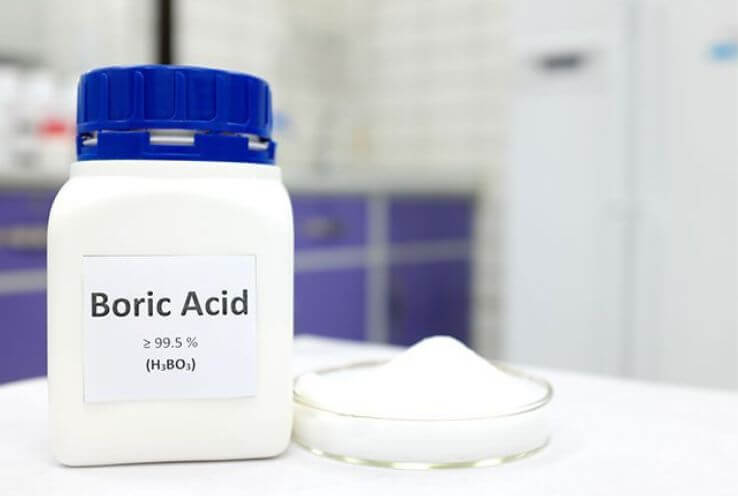
It has also been researched how to treat bacterial vaginosis with suppositories containing boric acid. Research suggests combining tinidazole (Tindamax) or metronidazole (Flagyl) with boric acid suppositories may help prevent recurrent bacterial vaginosis.
Before attempting this or combining any home remedy with medication, speak with your doctor.
Hydrogen peroxide
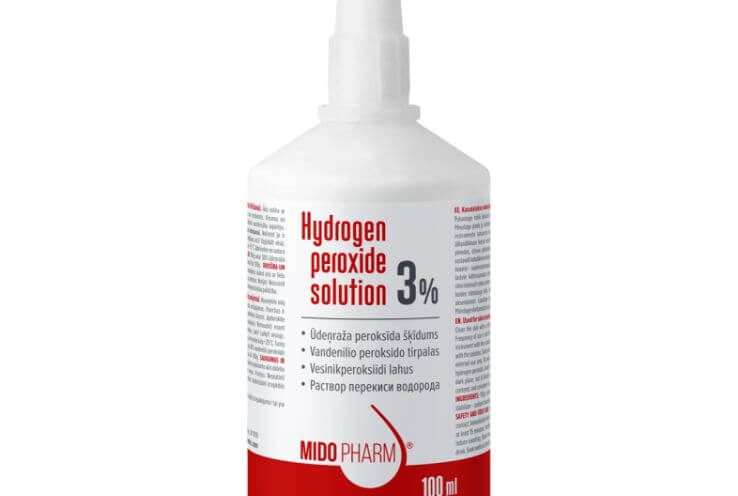
According to two small studies, using hydrogen peroxide solution as a vaginal wash may help BV patients improve discharge, eliminate odour, and restore vaginal pH.
This evidence, however, isn’t sufficient to suggest trying it, just like with many other home remedies.
Garlic

An effective home remedy for infections like BV is garlic. In one study, the vaginal insertion of garlic supplements as a treatment for bacterial vaginosis was examined.
Although the efficacy of this treatment was comparable to that of metronidazole, this does not mean that you should put garlic in your vagina. The best way to consume garlic is through food or supplement tablets.
Conclusion
If you are still not getting relieved from BV then you may need some professional treatment, but before rushing to your nearest Gynaecologist, you must use some tried and tested products specially designed for treating Bacterial Vaginosis.
As an expert, I can vouch for Pinc Wellness products and their reliability in such diseases. Their “Rebalance Boric Acid Suppository” is highly effective as Bacterial Vaginosis Medication.
